During my time attending pulp conventions, I heard about an author who, under one pseudonym or another, wrote the entire fiction contents of an all-fiction magazine. But it was never clear to me who it was we were talking about. Some authors were obvious candidates – H. Bedford-Jones, Max Brand, Arthur J. Burks etc. Could they have done it? Were there others, not yet widely known? What genres did this happen in?
I did find some reprint magazines that featured the work of a single author.
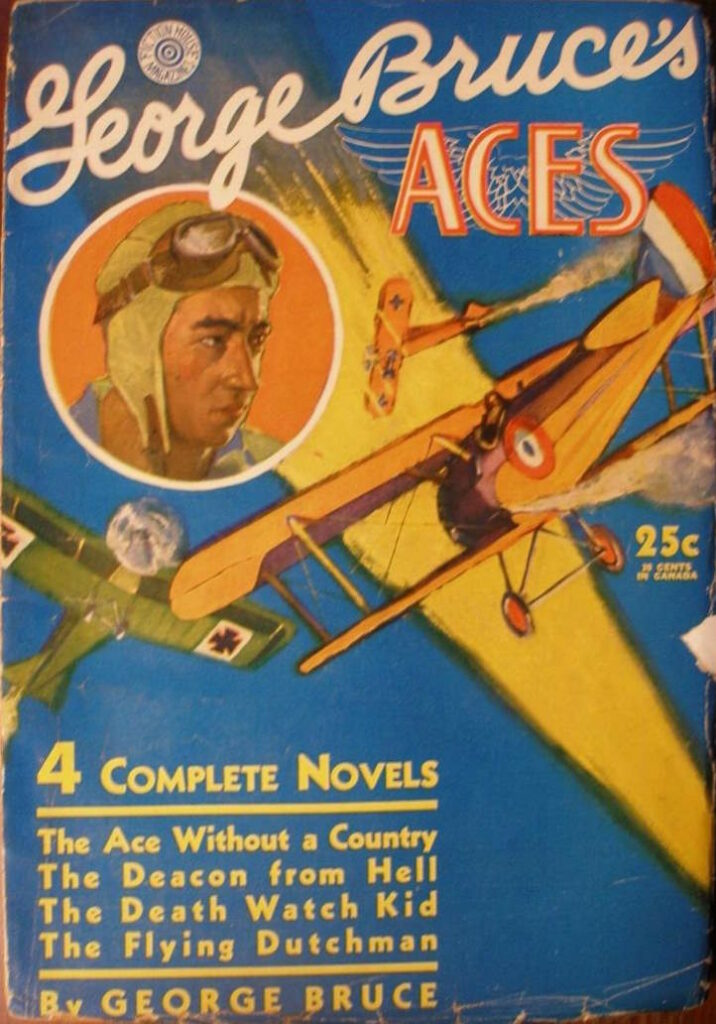

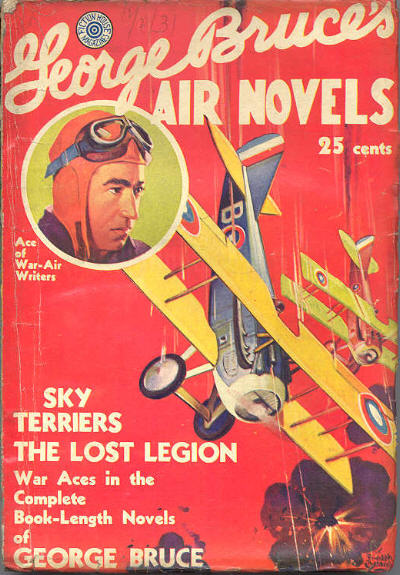
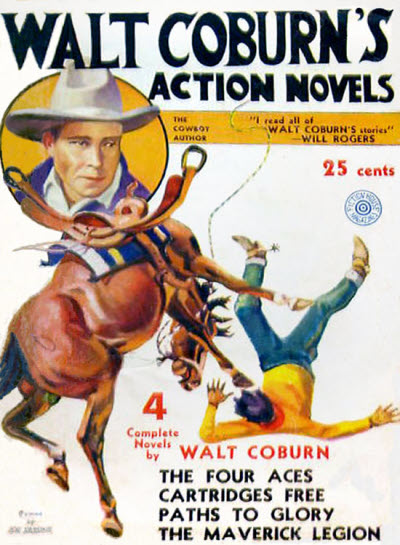
George Bruce’s Aces
George Bruce’s Air Novels
George Bruce’s Sky Fighters
Walt Coburn’s Action Novels
A few years later, I came across the first issue of Famous Spy Stories. It’s a reprint magazine, but even then, it’s all stories by a single author, Max Brand. So I asked if people knew of other examples that I didn’t.
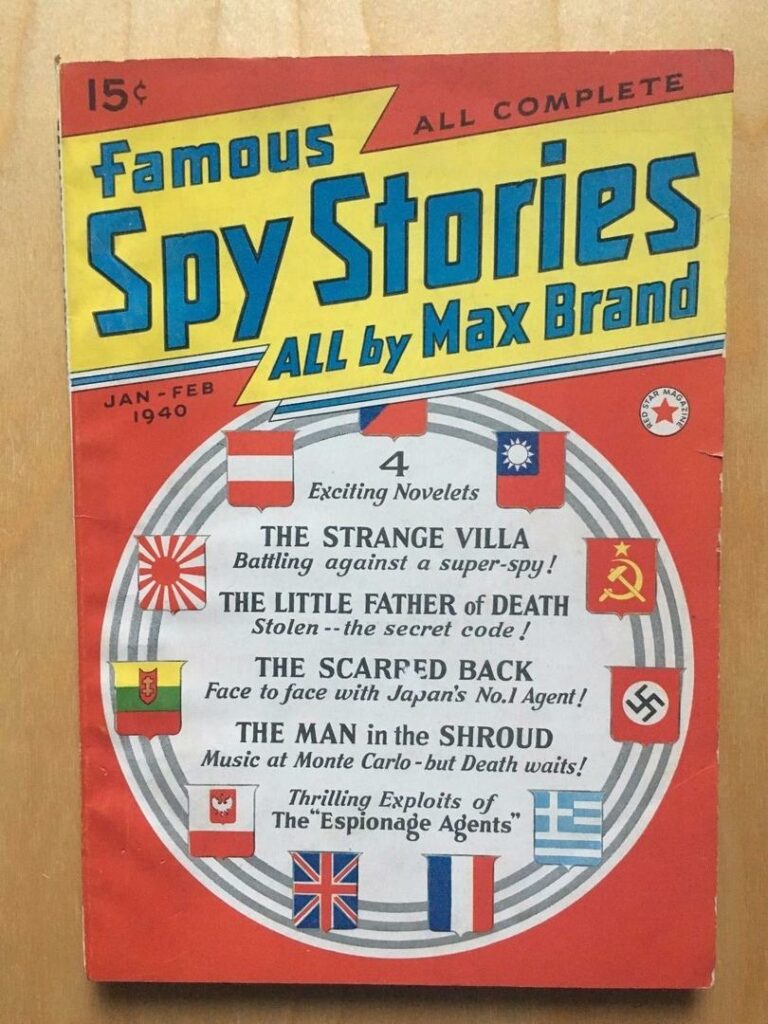
The first candidate I was pointed toward was David Goodis, in the air war pulps, where he published many stories under house names that have been impossible to track down and clearly attribute to a single author. In Goodis’ biography, Goodis: A Life in Black and White, the following appears:
“[Goodis’s] main outlet was popular publications, but he also freelanced for Fiction House (Wings), or even the dodgy Hersey magazines (Flying Aces). In 1940, he also contributed to the Reader’s Digest, some silly thing called “Picturesque Peach and Patter.” He once told Harry Harris of the Philadelphia Bulletin that he was at the time writing under seven pen names—sometimes authoring all seven stories in a single issue—which was surely the case in many issues of Battle Birds. In the November 1940 issue of Battle Birds, he used his own name on the stories “The Ceiling of Hell” and “Contract for Glory,” but he also penned “Blood for the Hawks of Hitler” as Logan C. Claybourne.”
Goodis: A Life in Black and White, page 40
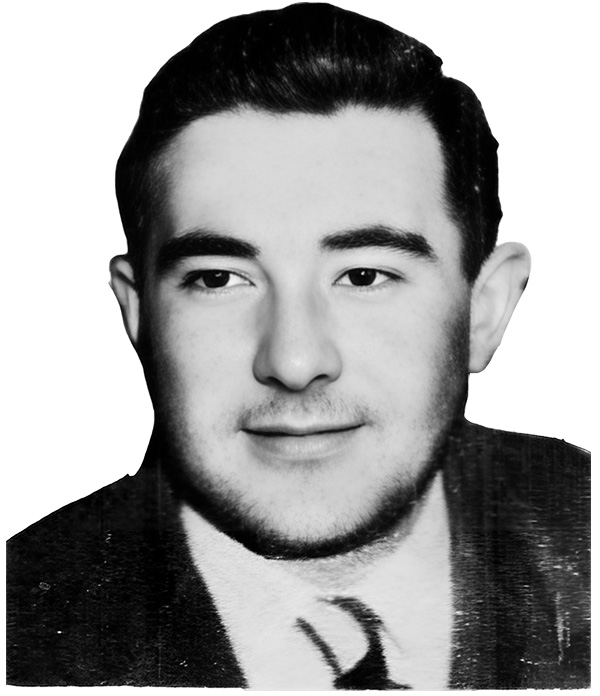
That looked like a concrete lead. Ed Hulse of Murania Press also told me that he thinks Goodis wrote entire issues of DAREDEVIL ACES and/or FIGHTING ACES under various pseudonyms. For half-a-cent per word. So I sat down and started going through the FMI indexes for these periodicals. Luckily for me, Goodis writing career started in the 1940s only, so I could ignore a large part of the run. Flying Aces never had a Goodis story published under his own name in the relevant timeframe. Wings always had fiction from the Fiction House stable of authors, and Goodis only appeared occasionally.
For the other magazines, I saw a clear pattern. Most every issue had a Goodis story, and possibly two or three. But every single issue also had a story from some other author-not a pseudonym, not a house name-but a real living, breathing person who wasn’t David Goodis. Most frequent among them were Robert S. Hogan, Orlando Rigoni, Ralph Oppenheim and Robert S. Bowen. So while Goodis might be right about writing seven stories or more in a month, he probably had them published in different magazines in the Popular stable. Prolific all right, but not what I wanted.
But in combing through the records of the aviation pulps, I noticed that Battle Birds had briefly changed names and tack to Dusty Ayres and his Battle Birds in July 1934. For one year, Robert Sidney Bowen wrote stories of a future invasion of the US. SF mixed with air war to produce gloriously unhinged covers and fiction. And he wrote all the stories in each issue. In the hero pulps, the lead novel’s authors were only expected to produce one novel per month. This was extraordinary.
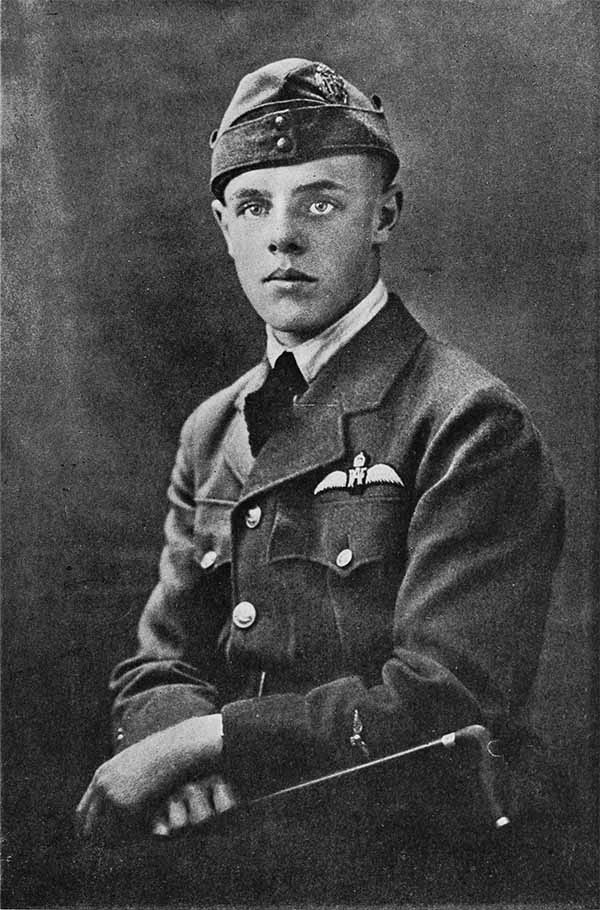
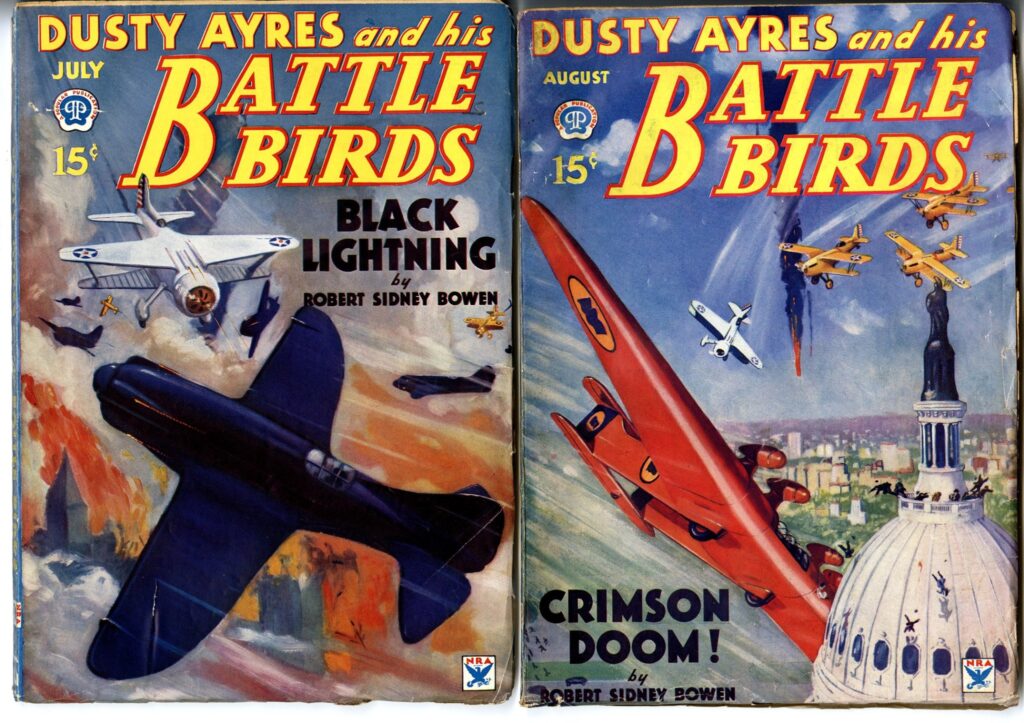
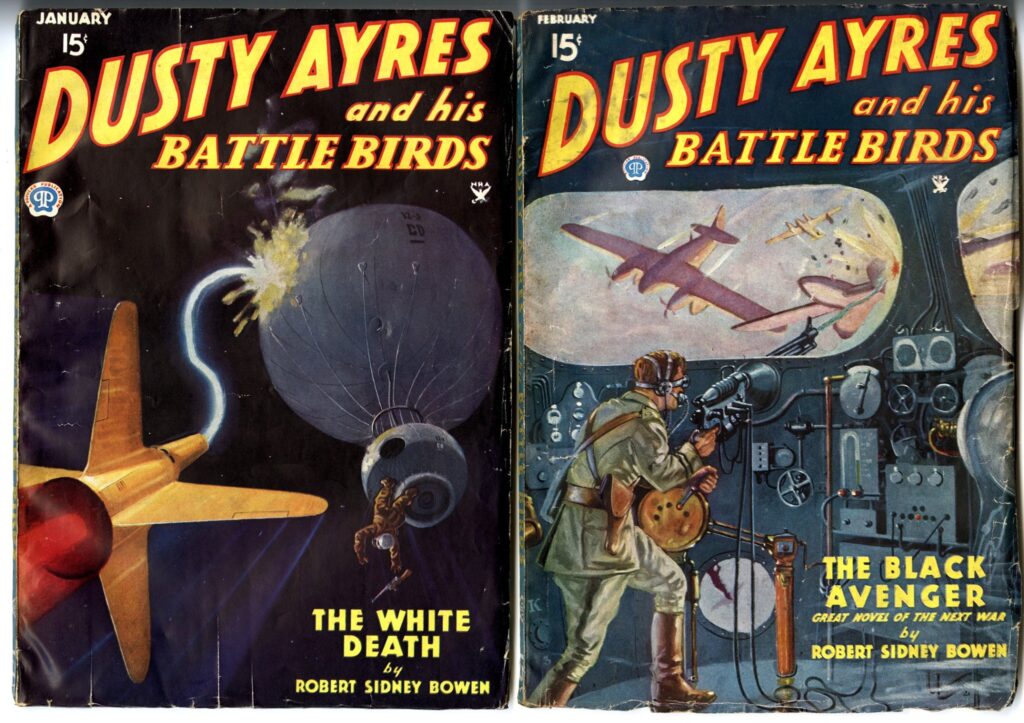


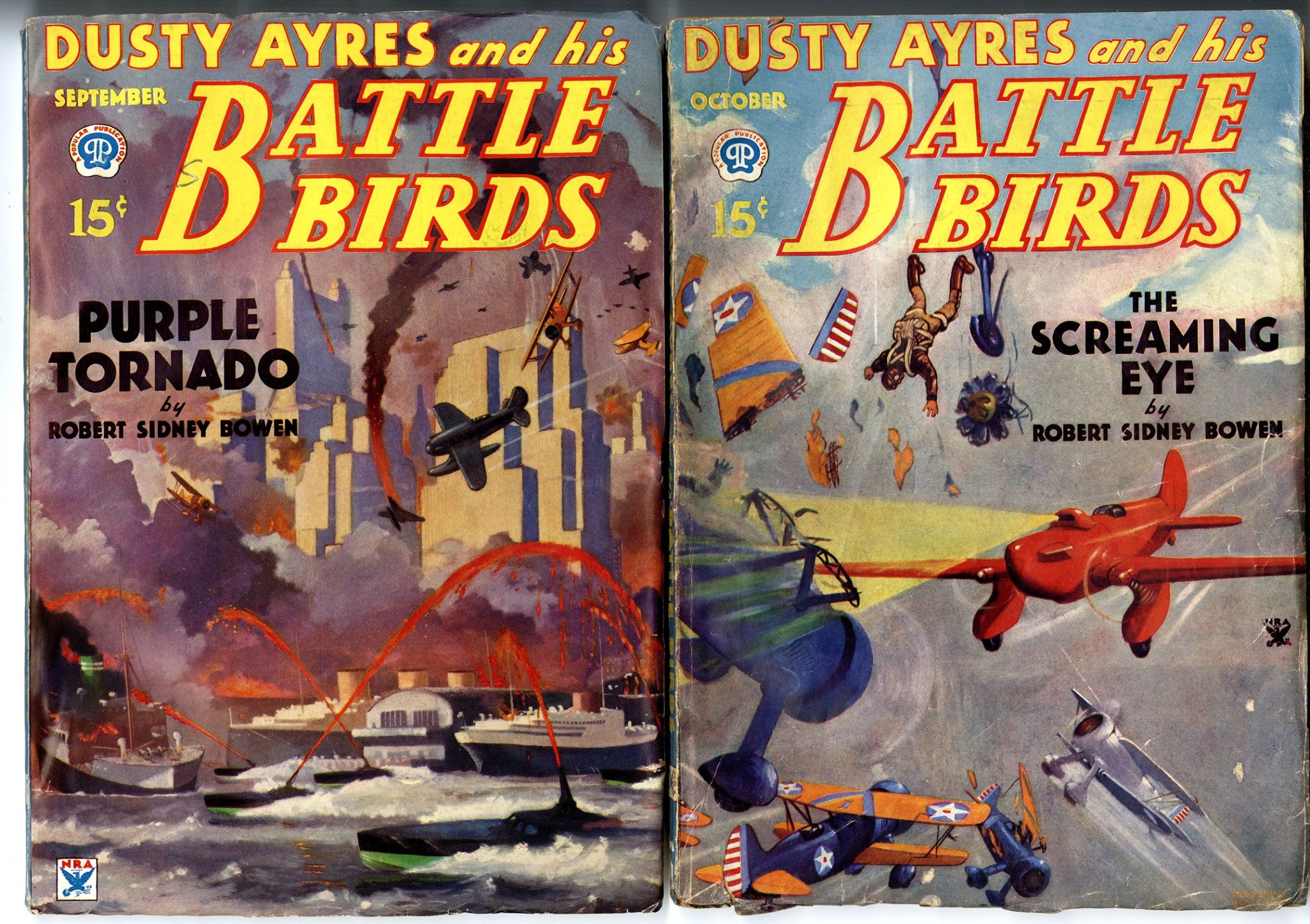
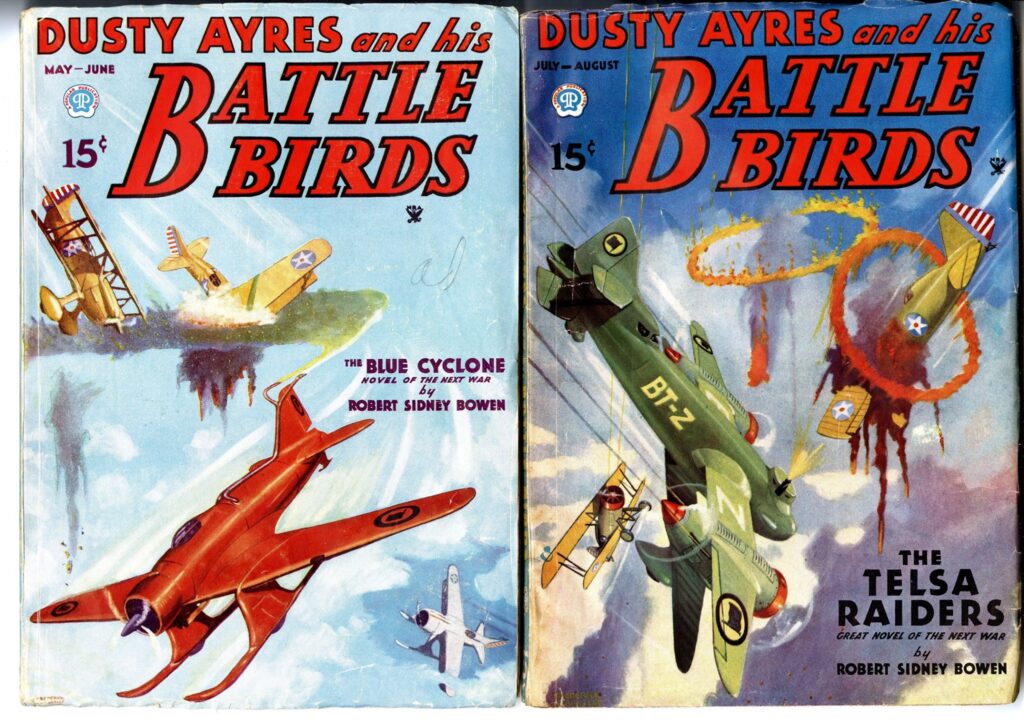
Was he unique in this respect? No. But perhaps he was the first.
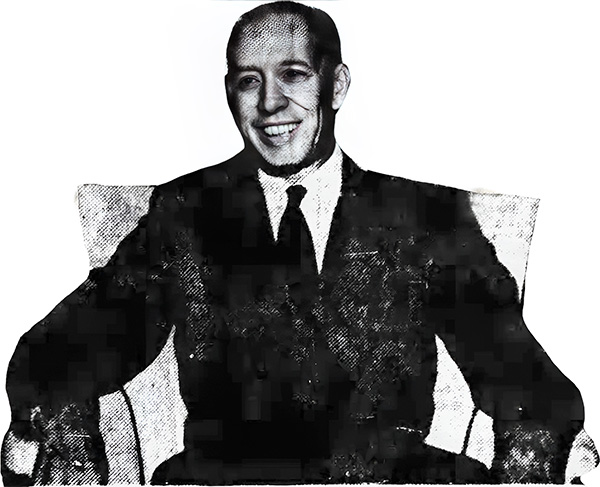
Sheila Vanderbeek pointed out Robert J. Hogan, whose G-8 and his Battle Aces series lasted from 1933 to 1944, and is believed to have written the entire contents of most issues from Feb 1935 to Jun 1944. More than ninety issues. He kept two stenographer-typists busy on split shifts as he produced a complete novel and two short stories every month for the G-8 series, four issues of The Secret Six from Oct 1934 to Jan 1935 where he wrote most of the stories and the yellow peril title Wu Fang (Sep 1935-Mar 1936) in which he wrote the lead novel.
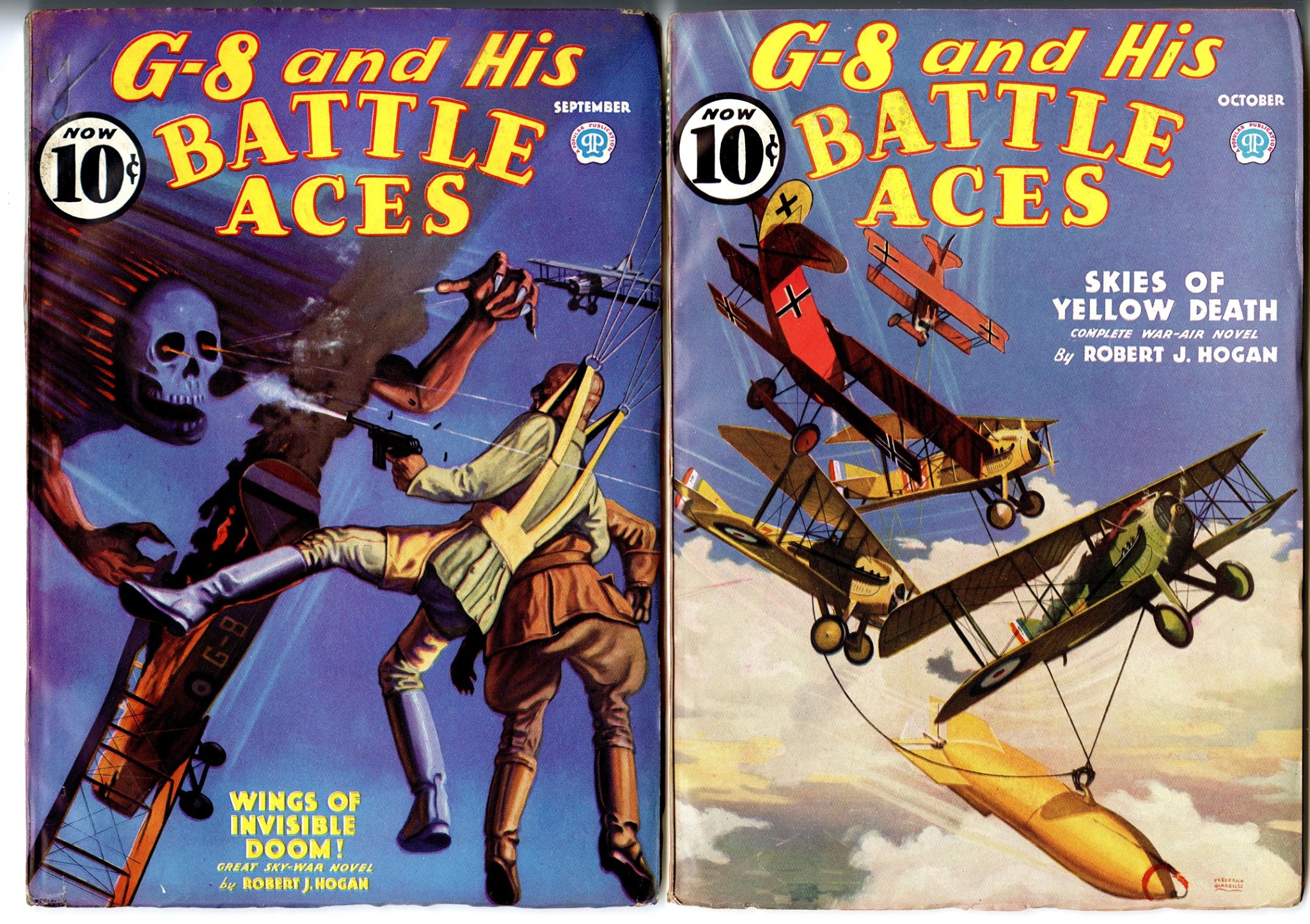
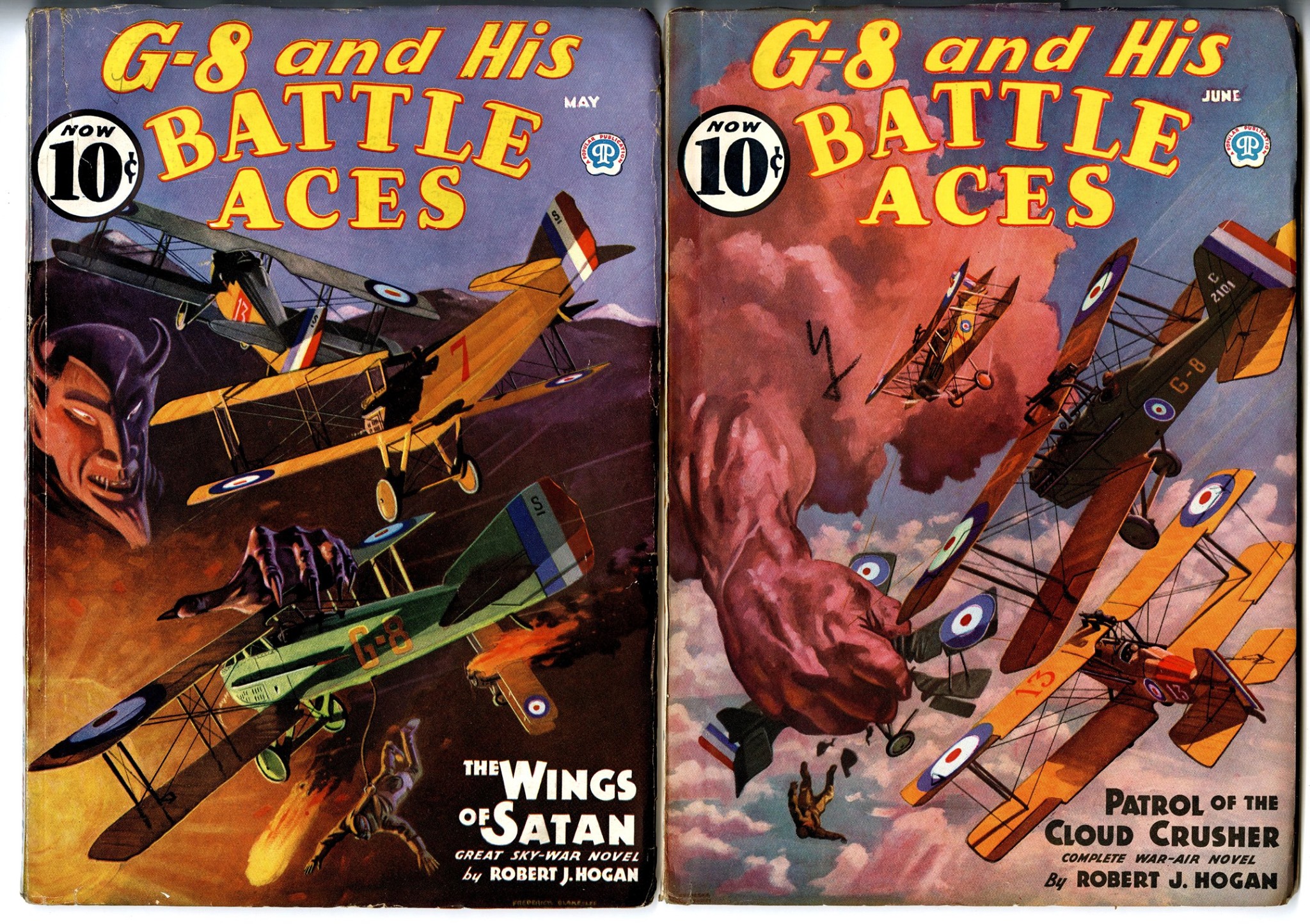

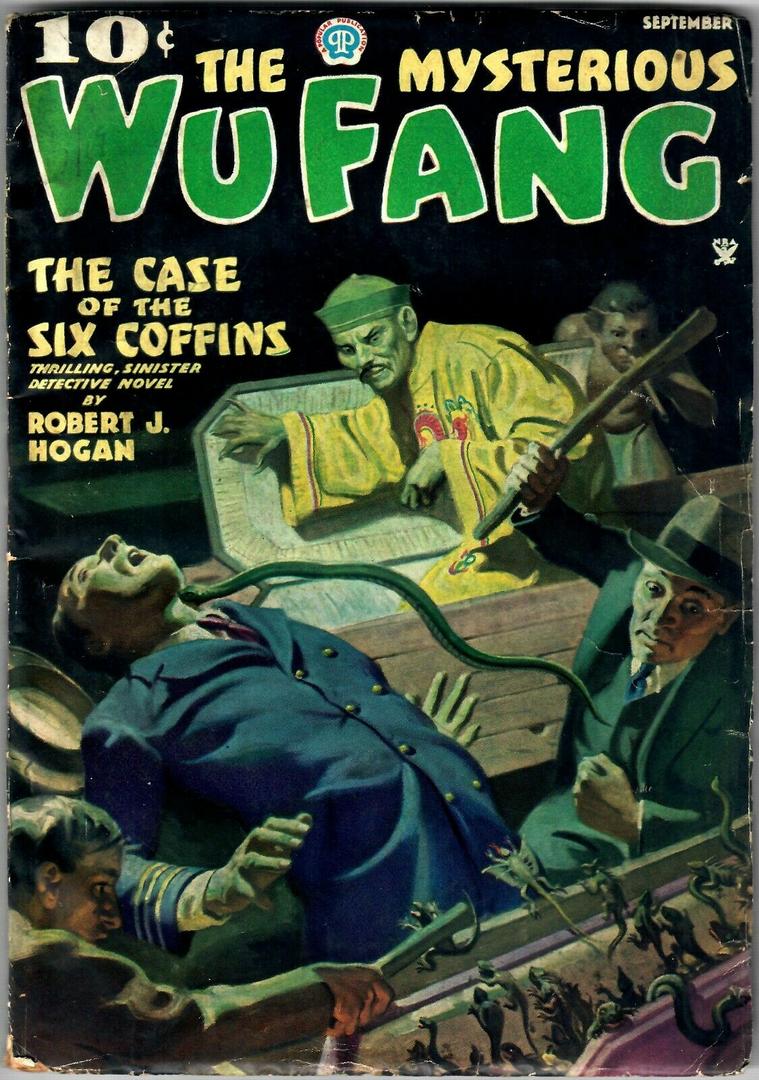
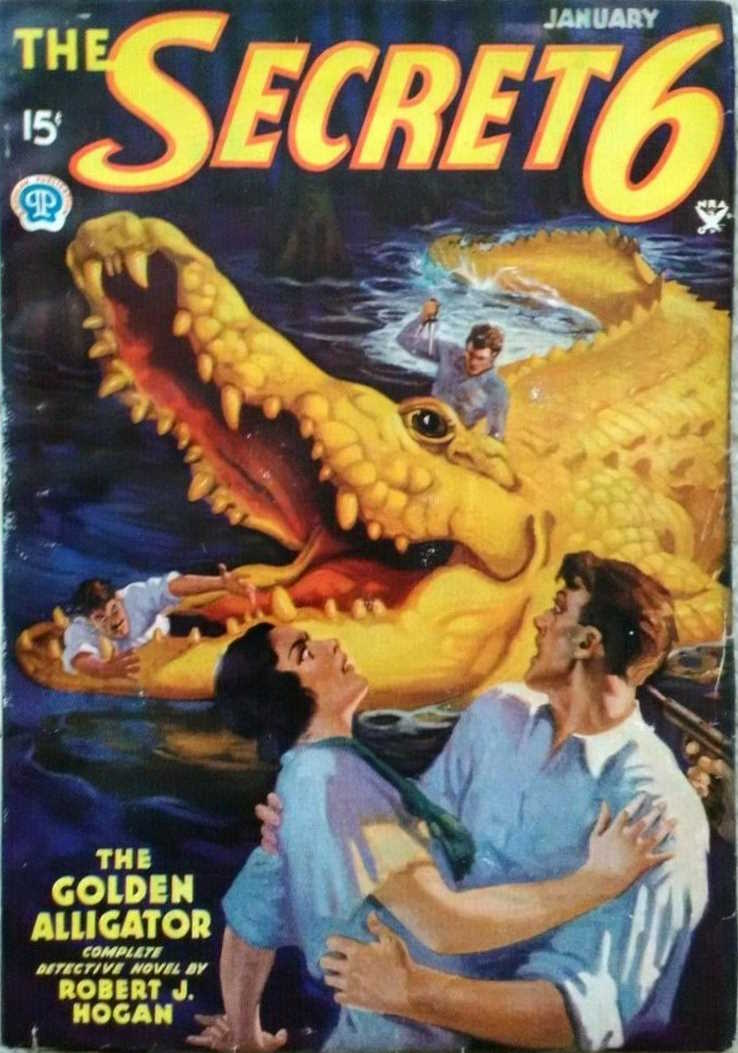
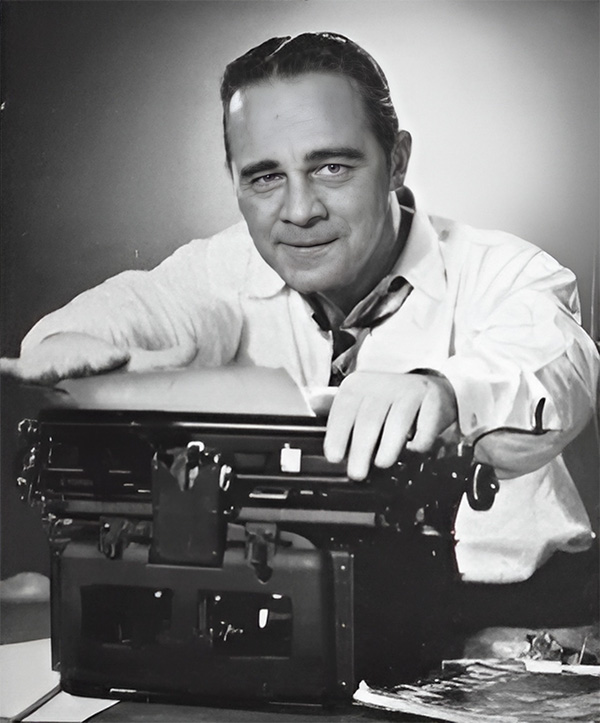
Another suggestion was Canadian pulpster Thomas P. Kelley, a one-man fiction factory who wrote for the Canadian weird pulps: Uncanny Tales in 1941 and the one-shot Eerie Tales in 1937. Eerie Tales can be immediately ruled out; its only issue has a story by the very much flesh and blood Leslie A. Croutch. While it’s possible that Kelley wrote the March and May 1941 issues of Uncanny Tales, that cannot be confirmed at this time. Both issues are full of names that appeared once and fell silent, which is often a sign of concealed authorship. The only known author in them is Kelley.
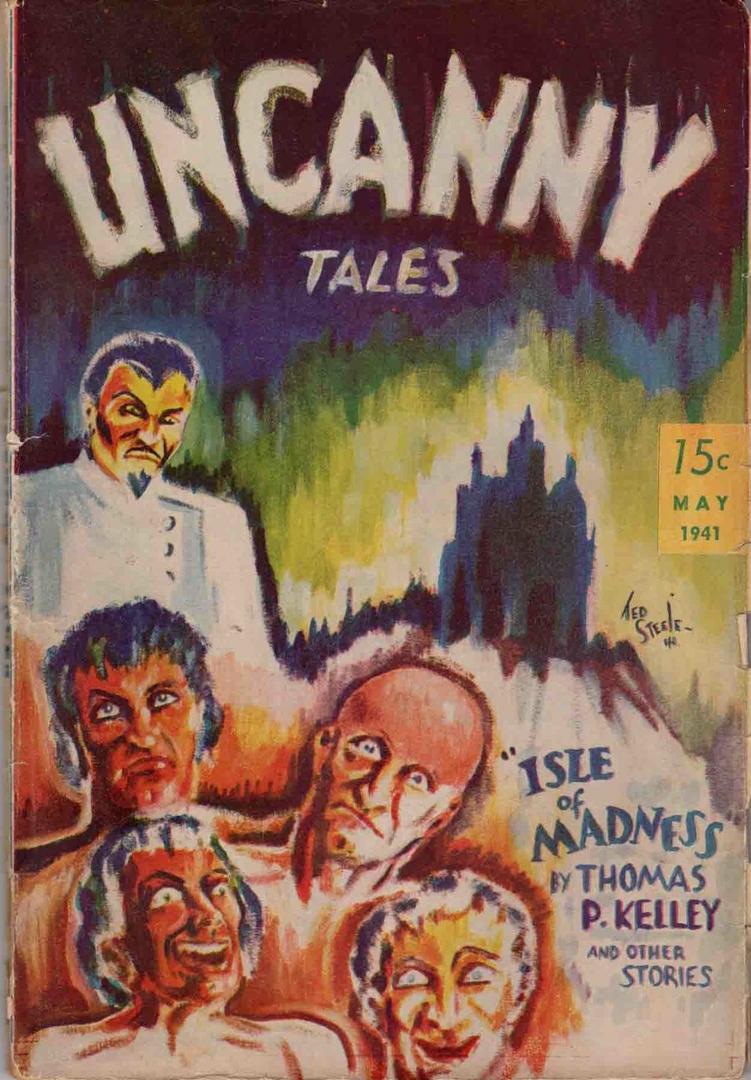
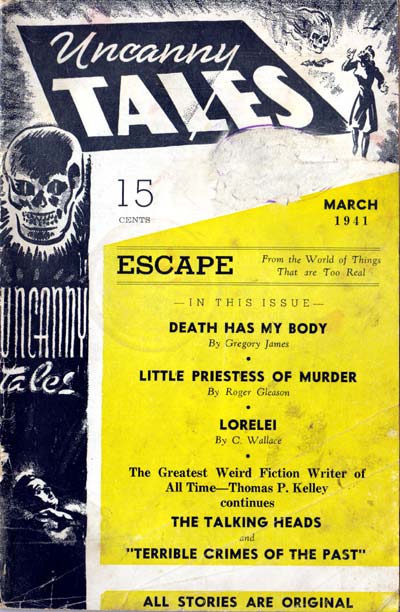
Another winner of this distinction is Robert Leslie Bellem, whose Dan Turner, Hollywood Detective magazine featuring the misadventures of his eponymous hero had it’s first two issues in 1942 full of reprints of Bellem’s stories from Spicy Detective. The next eight issues, though, were wholly written by Bellem and after that Bellem would be writing three to five original stories per month for this magazine alone till its demise in October 1950.
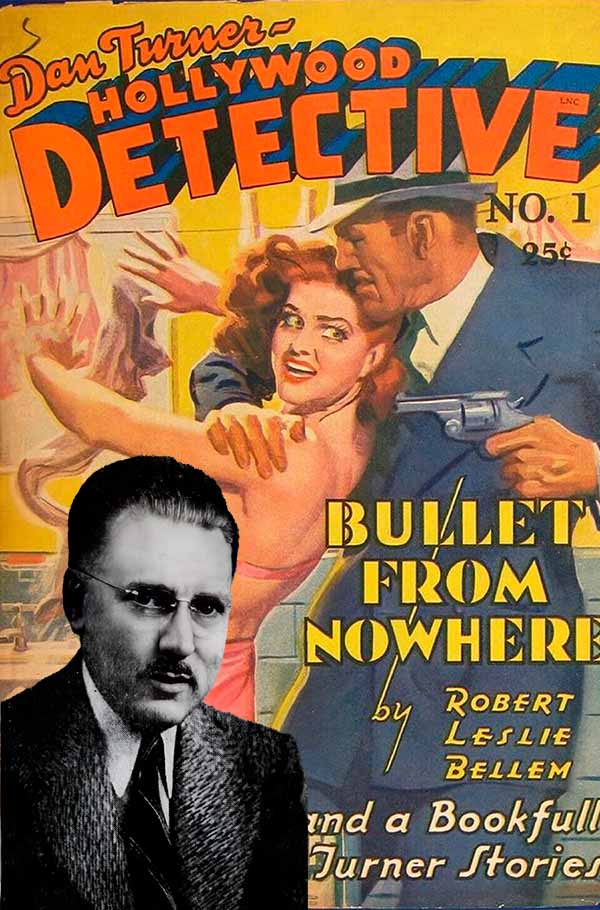
So far we have entries in the aviation and the detective pulps. Turning our attention to the science fiction and fantasy genres, following a hint from expert Mike Ashley, we find the name of Leroy Yerxa, who wrote all the fiction in the 1943 issue of Fantastic Adventures. It adds up to nearly 128 pages, a full sized pulp issue.
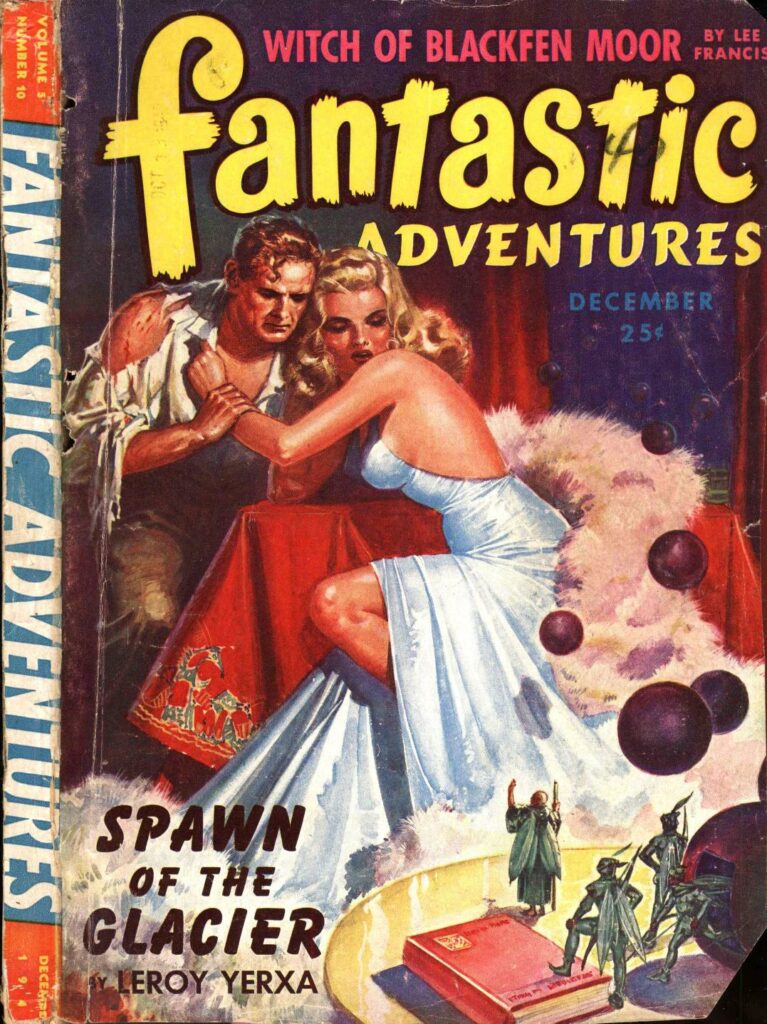
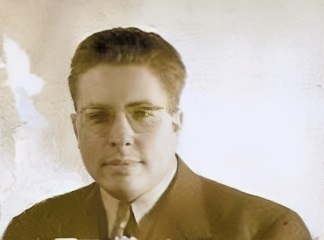
In the UK, E. C. Tubb of Dumarest saga fame filled up the pages of Supernatural Stories issue no. 9.
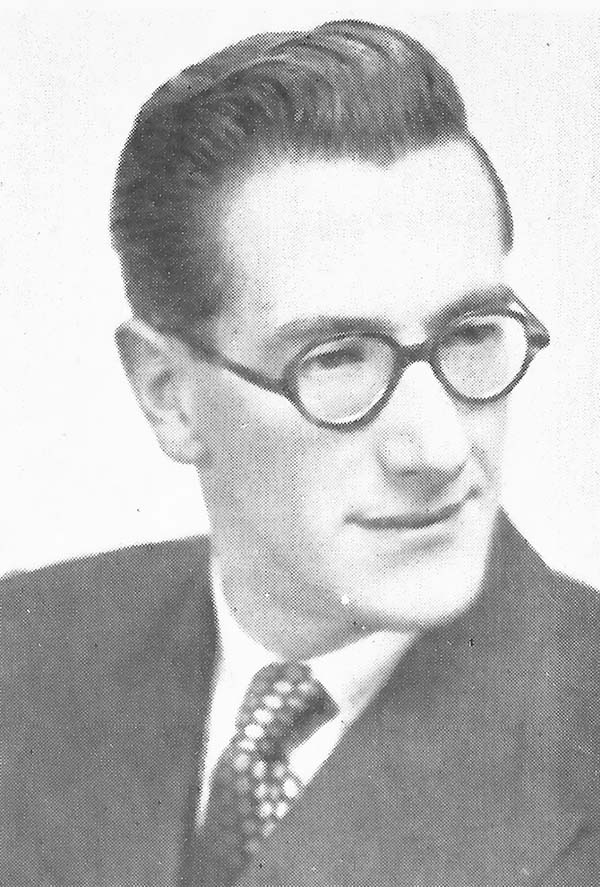
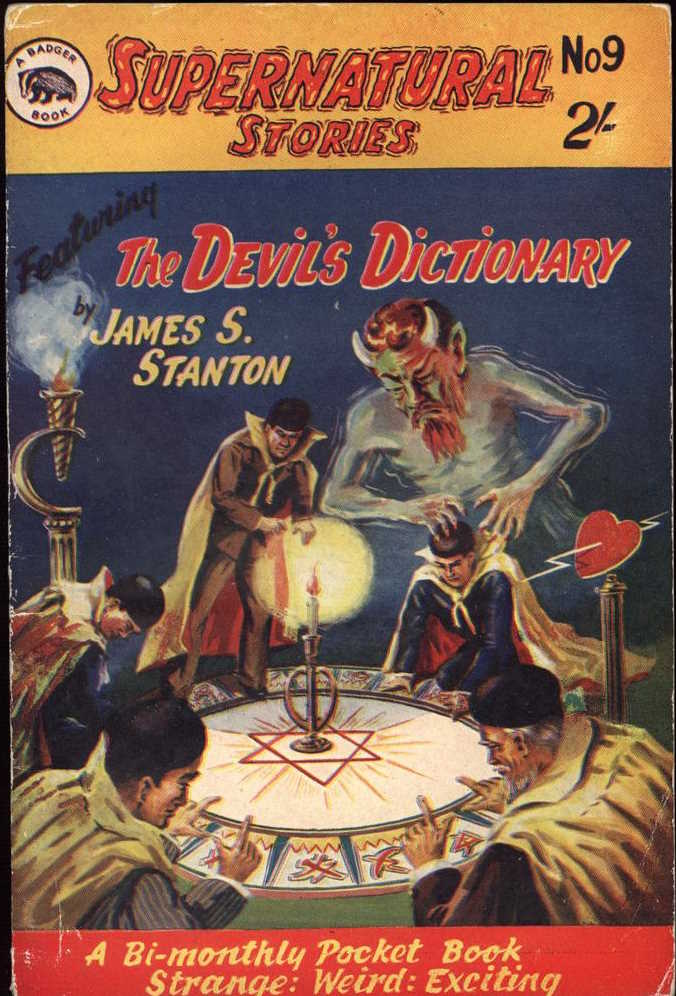
Fritz Leiber achieved this feat in Fantastic Science Fiction Stories, November 1959. Over a hundred pages of digest size fiction.
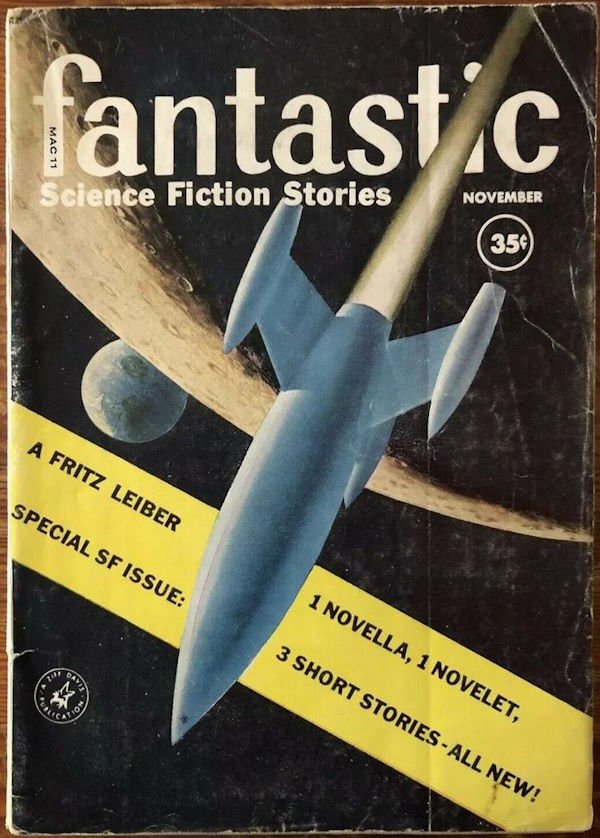
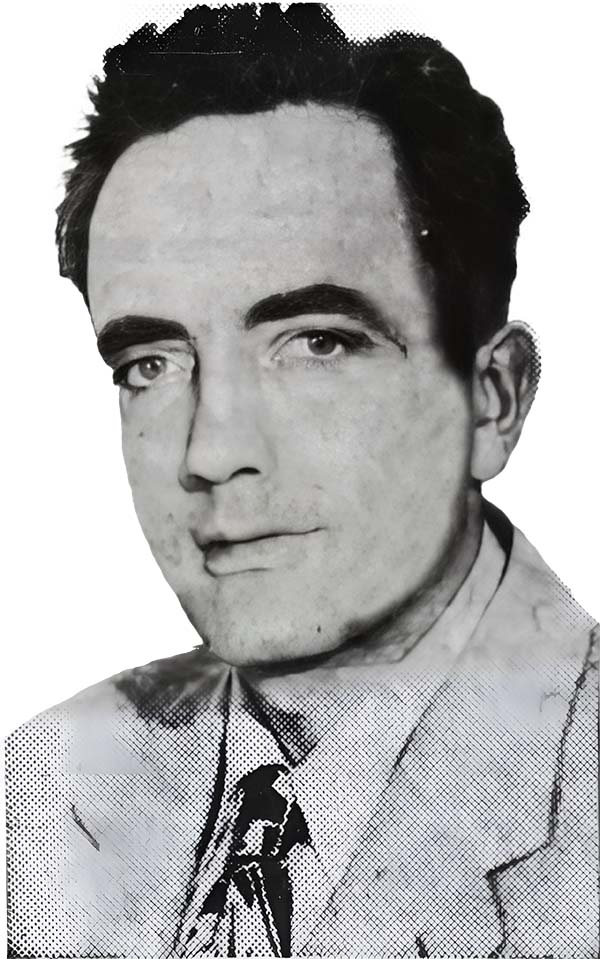
In the also rans, we have Bob Silverberg, a writer of no small distinction, who managed to write all but one of the stories in the August 1956 issue of Fantastic. It may be a small consolation that the lone story in that issue by another author, Henry Still, was nominated for a Hugo. If you had to lose, at least it was worth it.
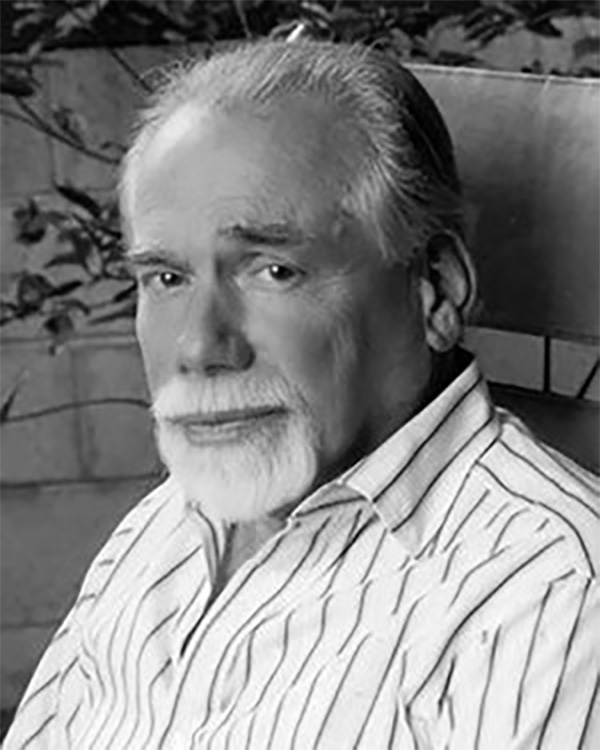
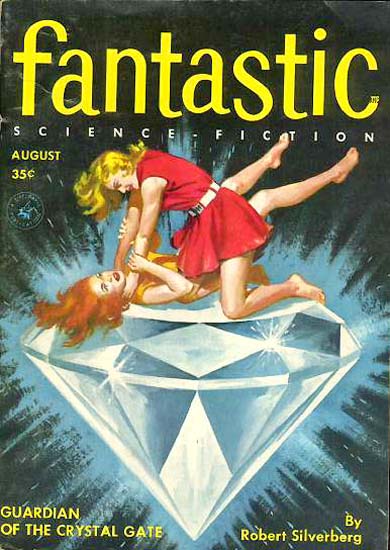
The modern day winner of this title would be Dean Wesley Smith, who for nearly a decade, wrote the complete contents of Smith’s Monthly. 67 issues containing over 10,000 pages of trade paperback size. Congratulations on a monstrous achievement.
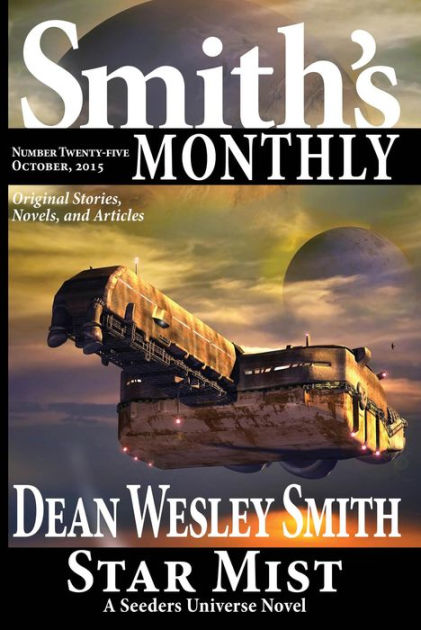

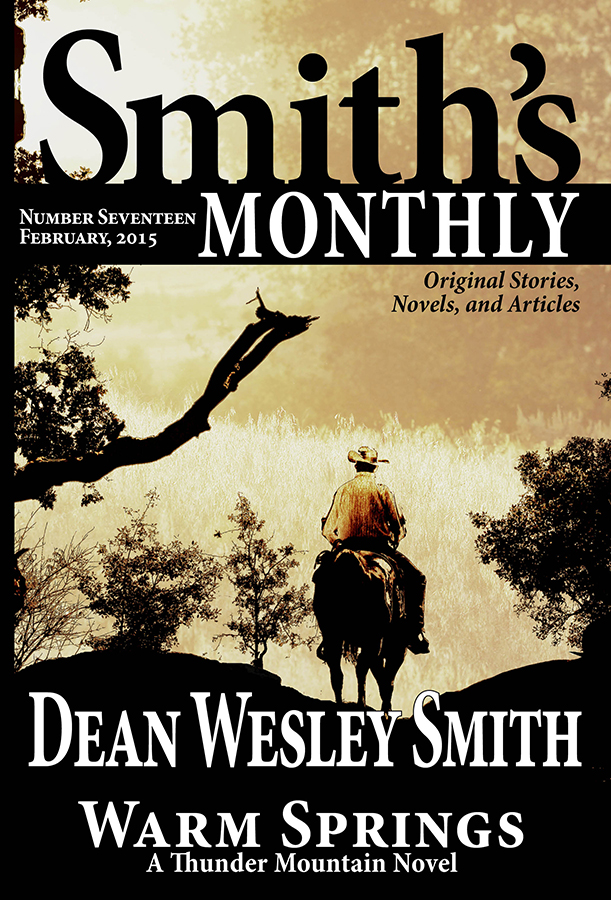
Other candidates, more difficult to prove, would be William Wallace Cook or William George Patten, dime novelists who filled the pages of Street & Smith’s Top-Notch and Munsey’s Argosy in the early 1900s. Another possibility lies in the girlie pulps of the 1930s, where authors for the most part hid themselves in shame and false names. Records are really poor, so it will be almost impossible to decide for certain. It’s also possible that some others are hidden in the sports pulps, whose authors are a forgotten lot for the most part.
If you have other candidates, leave a comment.
Fascinating! Excellent research, Sai.
A very enjoyable article. Thanks for compiling all this information; particularly the info that Yerxa wrote all of the Dec. ’43 Fantastic Adventures. I hadn’t known that.
In the “distant also ran” category, Nelson Bond once told me that he and William R. Cox once banged out all the stories in an issue of some sports pulp over a weekend. He didn’t remember which pulp it was, and clearly considered it no more that a lark. The trick was easy because Bond and Cox had the same agent for a time – presumably Agustus Lenniger.
Sai, you wrote that the Henry Still story in the August 1956 issue of FANTASTIC was nominated for a Hugo Award. That would have been the awards presented at Loncon in 1957 and according to Howard DeVore’s book of the history of the Hugos there were no fiction awards given that year. Only three Hugos for various publications.
I should have verified the facts better, Still _was_ nominated for a Hugo.
https://www.thehugoawards.org/hugo-history/1956-hugo-awards/.
Not for this story though; rather for his overall body of work, as most promising new writer of the year, along with Robert Silverberg, funnily enough.
I’m surprised that nobody has brought up the most likely candidate; Walter B. Gibson.
When Street & Smith asked Gibson to develop the narrator from their radio show into a full character he created the Shadow, then asked to be the sole writer for the character. They said 2 novels a month would be too much for one man, so he asked to at least try. in the next ten months he wrote 24 novels and got the job, writing nearly one and a half million words that year.
Gibson wrote 282 out of 325 Shadow tales over the next 20 years, only supplemented as he slowed down with age or needed a break.
While Gibson’s output was indeed prodigious, he didn’t write all the stories in any issue of the magazine. A typical Shadow issue had 3-4 backup stories in it, and they were usually written by other authors. Same situation with Norvell Page and the Spider.